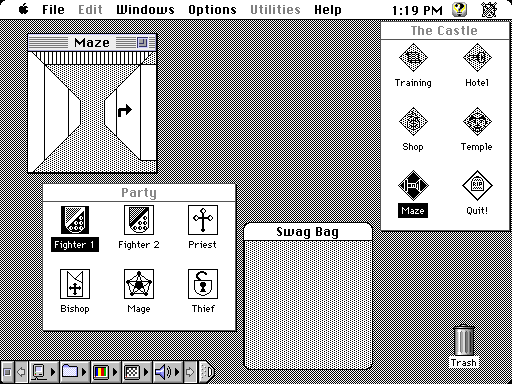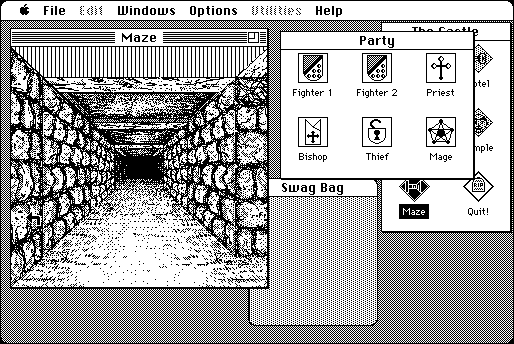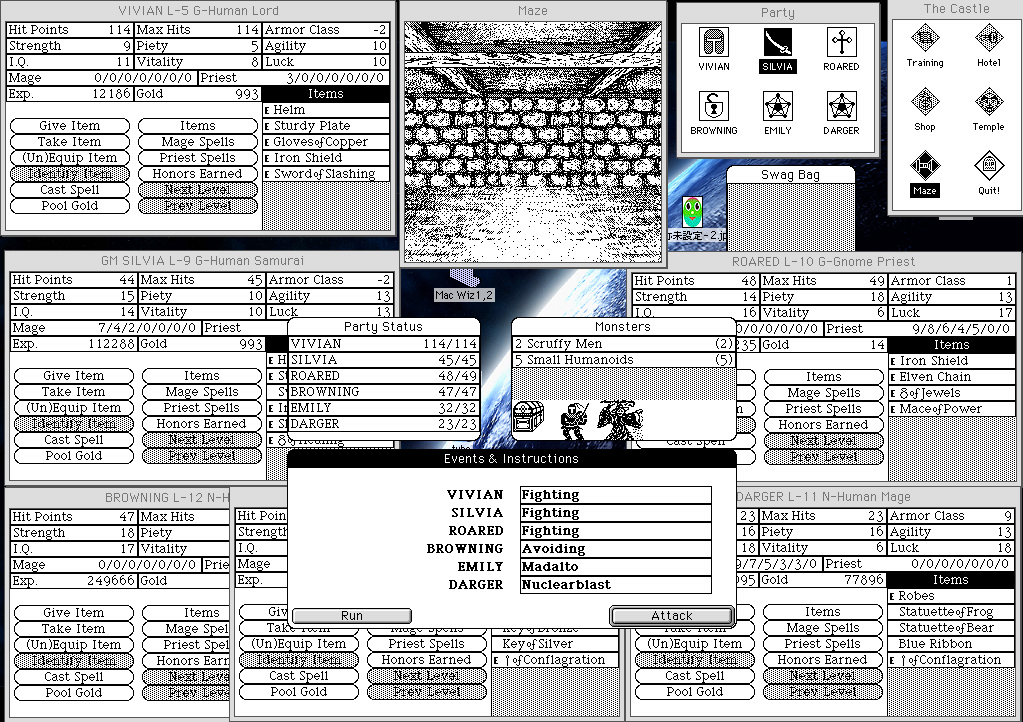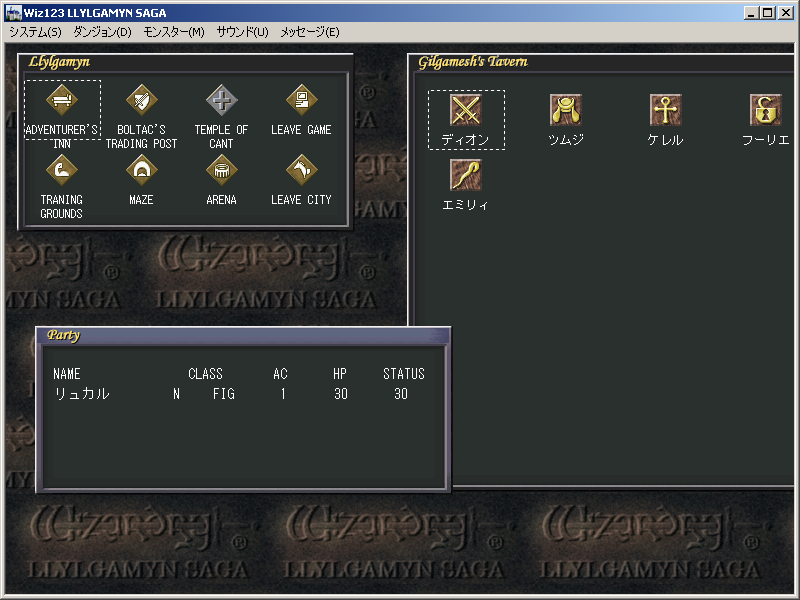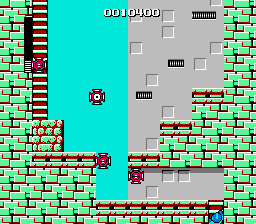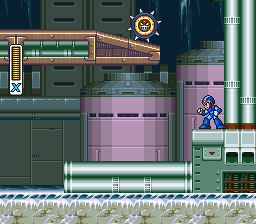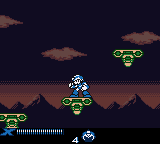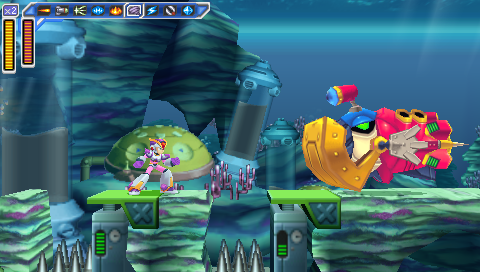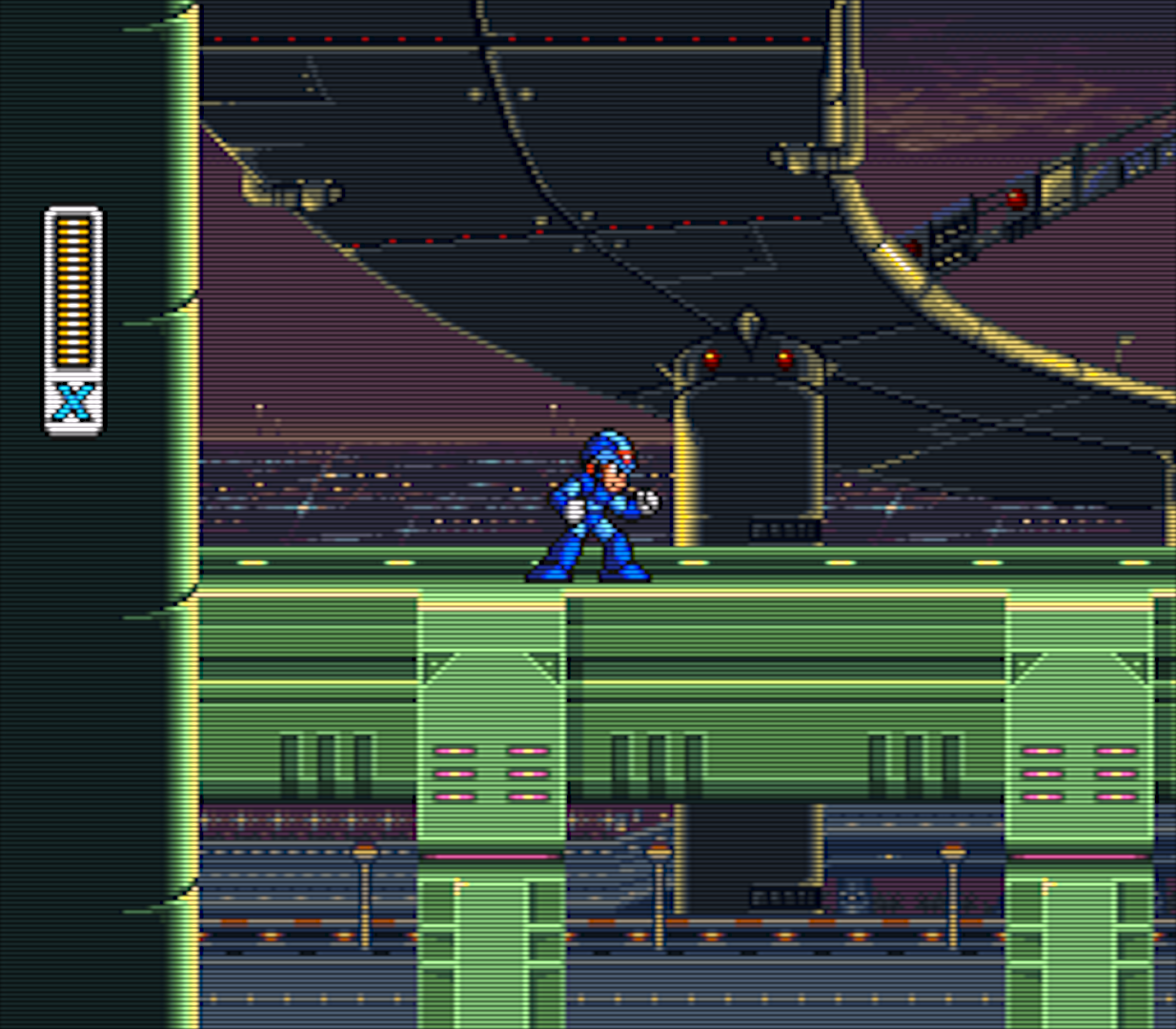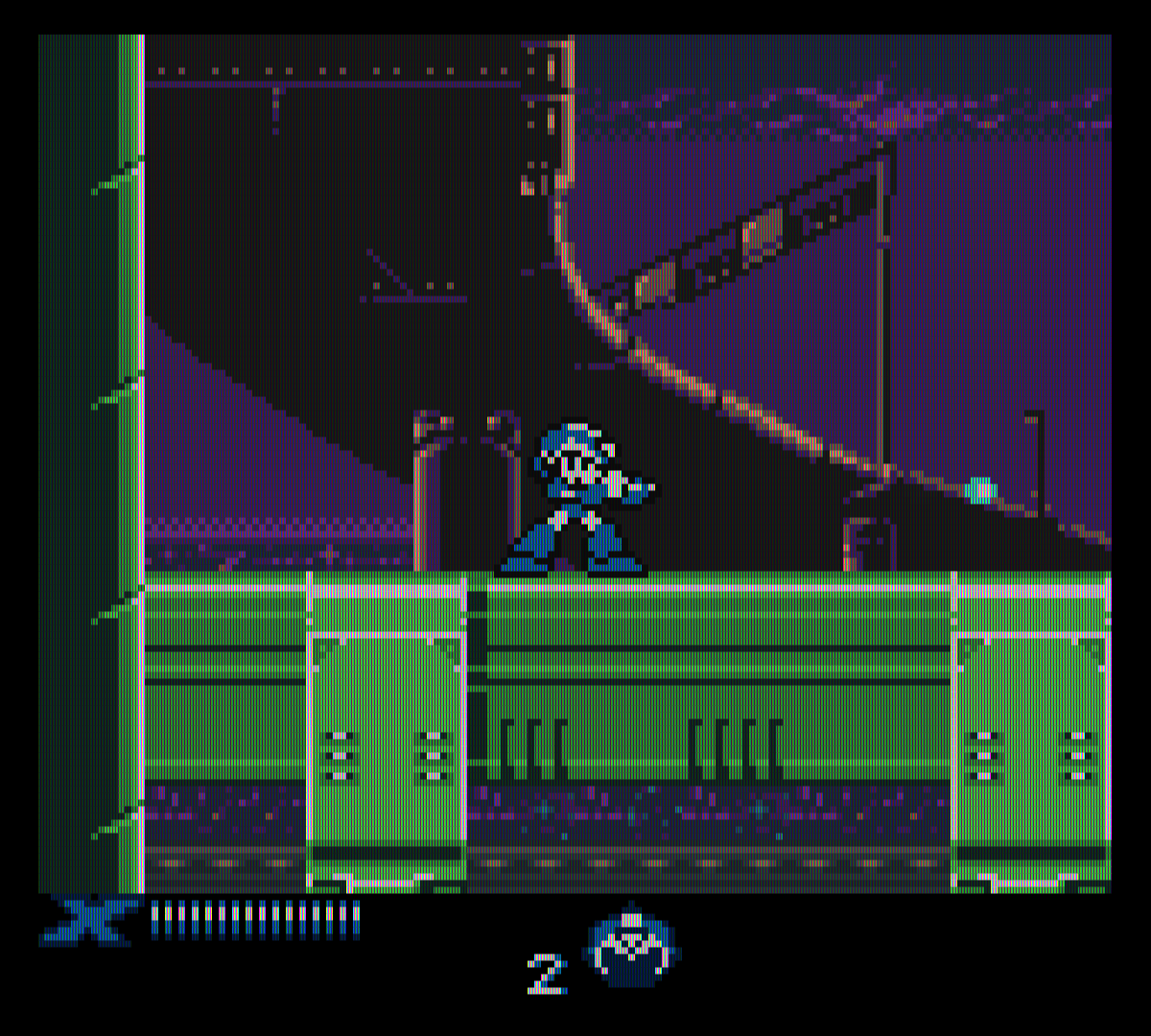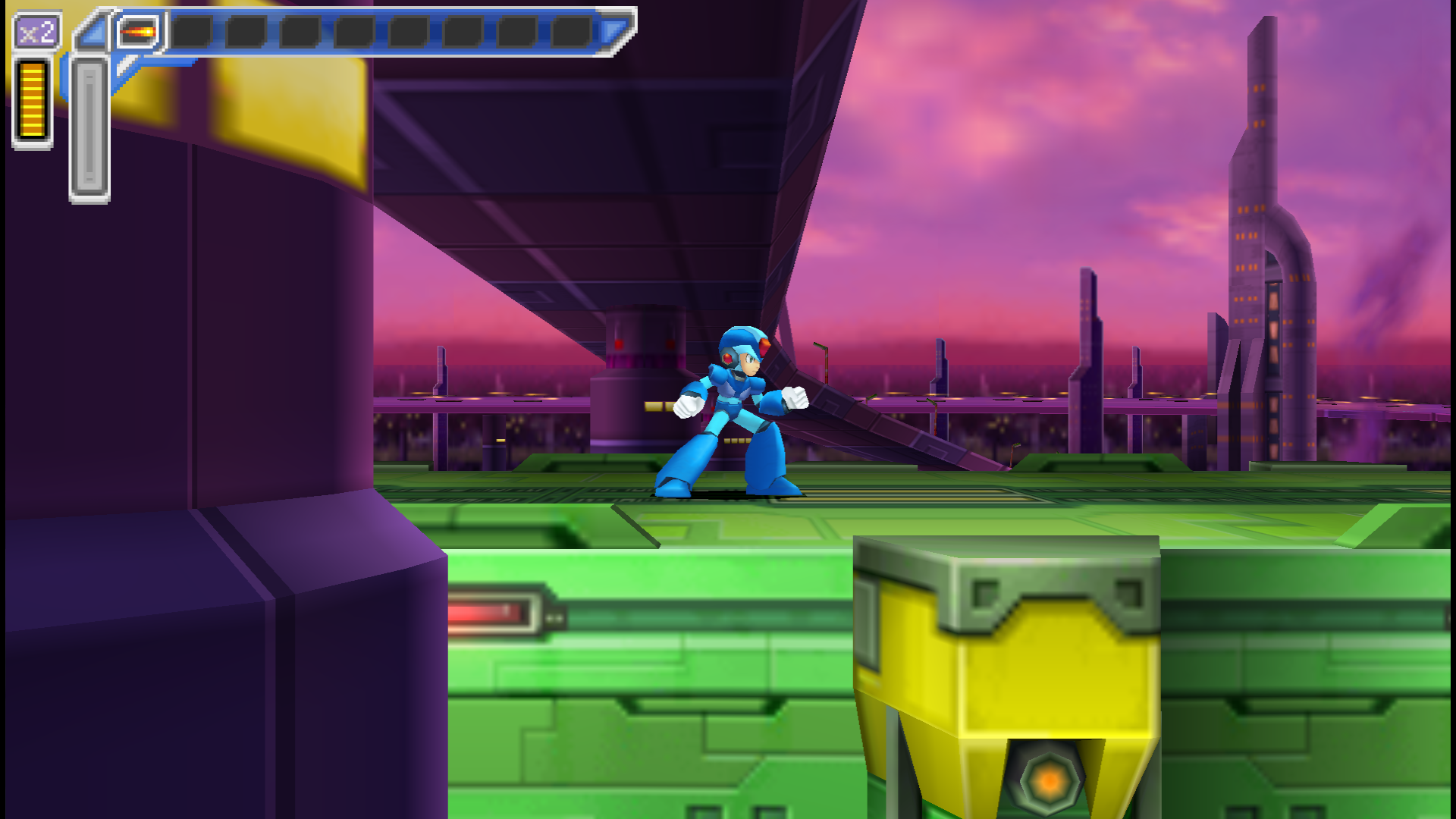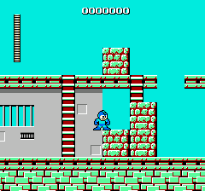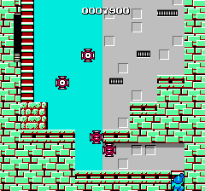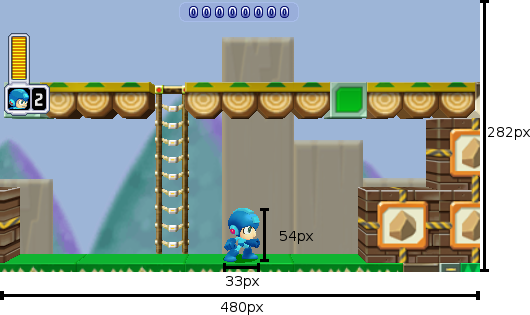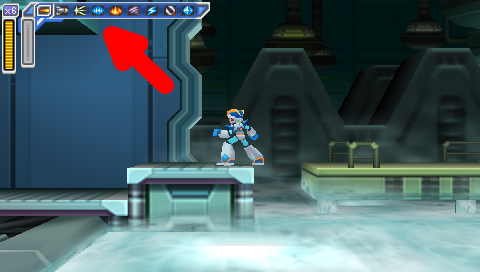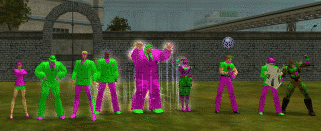It's probably not surprising that rebuilding my website has gotten me thinking about web development.
The first six years I ran this site, I did it all by hand -- my own HTML, my own CSS, no scripting languages. I thought that CMS software was for pussies.
But ultimately, plain old HTML just doesn't scale. I conceded that when I started using b2evolution for my blog back in '06, and it's truer now than it was then.
You can poke around some of the old sections of the site a bit, the ones that haven't been updated significantly since the turn of the century -- KateStory's a good one, or the Features page (though I'd like to get at least the Features page up to date sooner than later, and maybe the KateStory one too, so maybe there'll be people reading this post well after those pages shed their 1990's style) -- and they get the job done. Breadcrumb navigation at the bottom of every section, leading you back to either the parent page or the main index.
But Jesus, you can only manually copy and paste "Back to Features / Back to Index" so many times.
And maintaining a years-long blog archive without a CMS to automate it for you? It gets old.
So, you want some automation? You're going to need a scripting language. That usually means PHP for server-side, and JavaScript for client-side.
I got to thinking the other day -- man, it's weird that you need extra toolsets to perform such common tasks as, say, reusing a navigation bar. It's weird that there's not some way just to write up a navigation bar and then write code, in HTML, no scripting required, to embed that common HTML block on the current page.
I thought this was a pretty smart observation.
For about three seconds.
At which point I realized I had just described fucking frames.
Course, the biggest problem with frames is that they weren't exactly what I'm describing. I'm talking about just an HTML snippet in some secondary file that you call from a primary file -- like an include in PHP.
That's not what frames were. Frames were complete fucking HTML pages -- <html>, <head>, <body> (or, more likely, <HTML>, <HEAD>, <BODY>, because in the old days we wrote HTML tags in all-caps) -- which is, most times, downright stupid and wasteful, and was much moreso in the days of 14.4 dialup. Even worse than the load time was the logistics -- if you used frames to build a website with a header, a footer, and a sidebar, you'd have a total of five separate web pages -- a content area, the three other sections, and some kind of main page that all of them were embedded into. This was a fucking nightmare for linking, both for the developer (who had to remember to set the target attribute on every single link, lest the page load in the navigation bar instead of the content area) and the end user (because the URL in the location bar would be the container page that called all the other pages, not the content page the user was currently looking at).
In a way, it's kinda weird that nobody's gone back to that well and tried to do it again, but do it right this time. Update the HTML spec to allow an HTML file to call a reusable snippet of HTML from another file, one that isn't a complete page.
Given all the concessions HTML5 has made to the modern Web, it's surprising that hasn't happened, even given how slowly it takes for a spec to be approved. We've got a <nav> tag, which is nice and all, but who the hell uses a <nav> tag without calling some kind of scripting language that automates code reuse? There really aren't that damn many reasons to use the <nav> tag for code that isn't going to be reused on multiple pages throughout a site.
And I dunno, I'm sure somebody's brought this up, maybe it's on the itinerary as a consideration for HTML6.
Which is another thing, really: the people making the decisions on the specs do not want the same things I want.
I liked XHTML. (In fact, lest this whole thing come off as a curmudgeonly damn-kids-get-off-my-lawn diatribe against new technologies and standards, I'd like to note that I was using XHTML Strict back when you pretty much had to be using a beta version of Phoenix -- before it was Firebird, before it was Firefox -- for it to render correctly.) I thought it was the future. I wish XHTML2 had taken off. HTML5 feels ugly and inconsistent by comparison, and, as legitimately goddamn useful as it is to be able to put something like data-reveal aria-hidden="true" in the middle of a tag's attributes, it always feels dirty somehow.
But I digress.
Point is, in 2006, I switched the blog from just plain old HTML and CSS, and added two more elements: a MySQL database to actually store all the shit, and a PHP CMS (originally b2evolution, later switched to WordPress).
And then came smartphones.
We live in a world now where every website has to be designed for multiple layouts at multiple resolutions. You wanna try doing that without using an existing library as a base? Try it for a few days. I guarantee you will no longer want that.
I think my resistance to picking up new libraries is that every time you do it, you cede a measure of control for the sake of convenience. I don't like ceding control. I like my website to do what the fuck I tell it to, not what some piece of software thinks I want it to.
I've spent the last decade arguing with blogging software to get it to quit doing stupid shit like turn my straight quotes into "smart" quotes and my double-hyphens into dashes. Just the other day, I built a page in WordPress and discovered that it replaced all my HTML comments with fucking empty paragraphs. Why would I want that? Why would anyone want that?! And that's after I put all the remove_filter code in my functions.php.
And that's the thing: WordPress isn't built for guys like me. Guys like me use it, extensively (it is the world's most popular CMS), because it automates a bunch of shit that we'd rather not have to deal with ourselves and because when we're done we can hand it off to end users so they can update their own site.
But I still write these posts in HTML. I want to define my own paragraph breaks, my own code tags, the difference between an <em> and a <cite> even though they look the same to an end user.
(And okay, I still use <em> and <strong> over <i> and <b>; there's really no explaining that except as a ridiculous affectation. I recently learned Markdown and used it to write a short story -- I'll come back to that at a later date -- and I could see switching to that. HTML really is too damn verbose.)
...and that was another lengthy digression.
So. Mobile design.
Bootstrap is the most commonly used toolkit for responsive websites. I've used it, it works well, but it's not my favorite idiom, and I've decided I prefer Zurb Foundation. So that's what I used to build the new site layout.
Except, of course, then you've got to get two dueling design kits to play nice to each other. Square the circle between WordPress and Foundation.
I started to build the new theme from scratch, and I'm glad I was only a few hours into that project when I discovered JointsWP, because that would have been one hell of a project.
JointsWP is poorly documented but has proven pretty easy to pick up anyway.
So. I've gone from HTML and CSS to HTML, CSS, and WordPress (HTML/CSS/PHP/MySQL), to HTML, CSS, WordPress, Foundation (HTML/SCSS/JavaScript, importing libraries including jQuery), and JointsWP (ditto plus PHP). And on top of that I'm using Git for version tracking, Gulp to process the SCSS, and Bower to download all the other scripts and toolkits I need and keep them updated.
So, going with Foundation (or Bootstrap, or whatever) as a standard toolkit, you get somebody else's codebase to start from. That comes with some elements that are a necessary evil (I hate fucking CSS resets, and think writing p { margin: 0; } is an abomination in the sight of God and Nature -- but if it means I can assume my site will look more or less correct in Mobile Safari without having to go out and buy an iPhone, then I guess I'll take it), and others that are actually pretty great -- I find SCSS to be really exciting, a huge saver of time and tedium, and it's hard to go back to vanilla CSS now that I've used it.
Course, with increasing complexity, you still hit those things that don't quite work right. One example I've found is that Foundation sets your placeholder text (the gray letters that appear in an "empty" input field) too light to be legible, and does not have a simple definition in _settings.scss to let you adjust it to darker. I've found a mixin that allows you to create such a definition pretty simply, but for some reason JointsWP doesn't like it (or maybe Gulp doesn't). So until I get around to finding a fix, the text stays light, and I'll just have to trust that you the user will be able to determine that the input field under the phrase "Search for:" and to the left of the big blue button that says "Search" is a search box.
I've also got loads of optimization still to do; part of that's going to mean figuring out what parts of Foundation's CSS and JS I'm not actually using and cutting them out of the calls, and part of it's probably going to mean minification.
Minification is one of those things I resisted for awhile but have come around on. It can be a real hassle for debugging, not being able to view a stylesheet or script in full, and it may not be practical just to save a few kilobytes (or a few dozen, rarely a few hundred) -- but on the other hand, well, it's not so different from compiling source code to binary; the end result is still that you take something human-readable and turn it into something much less human-readable.
And of course now that I'm using a preprocessor, my CSS file isn't my real source code anyway; it's already the result of taking my code, feeding it through an interpreter, and outputting something that is not my code. If you want to look at the stylesheet for this site, you want to look at the SCSS file anyway (it's on Github), not the CSS file. And if I'm already telling people "Look at the SCSS file, not the CSS file," then what's the harm in minifying the CSS file and making it harder for people to read?
For now -- prior to removing unnecessary code calls and minifying everything -- I feel like the site design's a lot more bloated than it needs to be. And even once I slim it down, there are going to be some compromises that go against my sensibilities -- for example, when you loaded this page, you loaded two separate navigation systems, the desktop version (top navigation and sidebar) and the mobile version (just a sidebar, which contains many of the same elements as the topnav and sidebar from the desktop version but is not exactly the same), even though you can only see one of them. That redundancy makes me wince a little bit, but ultimately I think it's the best and simplest way of doing it. Sometimes, good design does require some redundancy.
All that to say -- man, there have been a lot of changes to web design in the last twenty years. And while there are trends I really don't like (if I never have to build another slideshow it'll be too soon; gradients are usually dumb and pointless; and the trend of making visited links the same color as unvisited ones feels like a step backward into 1995), there are also a lot that I've eventually warmed up to, or at least accepted as something I've gotta deal with.
Anyway. Welcome to the new corporate-sellout.com.
And one more thing about the site before I go: it's probably worth noting that this site is different from the other sites I build, because it's mine. Its primary audience is me. I like having an audience, but frankly I'm always a little (pleasantly) surprised whenever anyone actually tells me they enjoyed something I put on this site.
Because this site isn't one of my professional sites. I didn't build it for a client. It's not my portfolio site, which I built to attract clients. This one? It's for me. As should be clear from this rambling, 2200-word stream-of-consciousness post about the technical ins and outs of web design, as it applies specifically to me and to this site.
Frankly I'm always surprised when anyone actually reads anything like this.
